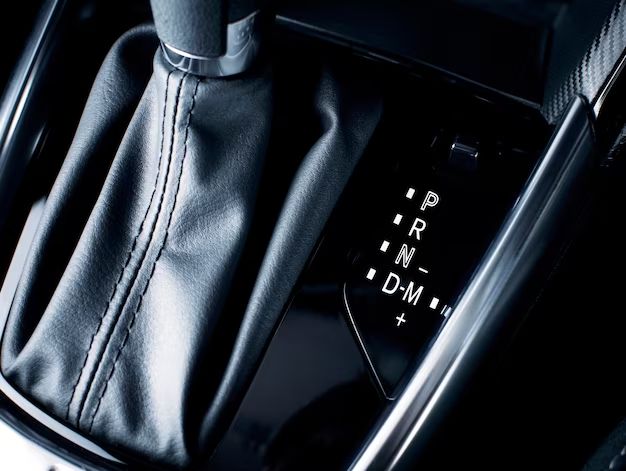Whether it’s okay to manually shift an automatic transmission is a common question for drivers. Modern automatic transmissions are designed to shift smoothly and efficiently on their own, leading some to wonder if manual shifting does more harm than good. There are a few key factors to consider when deciding if manual shifting an automatic is recommended.
Page Contents
The pros of manual shifting
Here are some potential benefits of manually shifting an automatic transmission:
- Better control: Manually shifting gives you more direct control over gear changes. This can be useful in certain driving situations like going uphill or overtaking.
- Improved fuel economy: The ability to control upshifts and downshifts allows you to optimize gearing for fuel efficiency. Skipping gears can save gas in some cases.
- Enhanced engine braking: Downshifting to slow the vehicle uses the engine for braking instead of just the brakes. This helps reduce wear on the brakes.
- Sportier driving feel: For drivers who enjoy an active driving experience, manual mode can provide more engagement with the vehicle.
Overall, manual shifting allows attentive drivers to take charge of the transmission for better performance and fuel economy in certain conditions.
The cons of manual shifting
There are also some downsides to consider with manually shifting an automatic:
- Transmission wear: Improper manual shifts, especially hard downshifts, can damage internal transmission components over time.
- Invalid shifts: The computer may override and cancel out incorrect or unsafe manual shifts.
- Distraction: Having to focus on appropriate shift points can be distracting, especially for inexperienced drivers.
- Lower efficiency: The automatic is designed to maximize efficiency, so excessive manual control may actually worsen fuel economy.
In general, frequent and unpracticed manual shifting risks premature transmission wear and provides little benefit over letting the automatic shift optimize gearing itself.
When manual mode can be useful
Here are some specific situations where briefly shifting manually can be advantageous:
- Hill climbing: Downshifting before ascending a steep hill can help maintain speed and reduce strain on the engine.
- Descending hills: Manually downshifting helps control speed and use engine braking for longer downhill grades.
- Overtaking: Quickly downshifting can provide an acceleration boost to pass other vehicles.
- Tow/haul mode: When towing or hauling, controlling gear selection can improve performance and safety.
Using manual mode judiciously in these temporary situations provides added performance without excessive wear and tear.
Guidelines for manual shifting
If you do decide to utilize manual shifting, here are some tips to avoid damage:
- Avoid frequent and unnecessary shifts. Let the automatic do most of the work.
- Shift smoothly – don’t force rapid/hard shifts unless necessary.
- Do not overload the engine by downshifting at high speeds.
- Know your shift points based on engine RPMs to prevent over-revving.
- When in doubt, let the transmission shift itself.
Following these guidelines will allow you to take advantage of manual mode when you want, while still relying on the smart design of the automatic most of the time.
Vehicle manufacturers’ recommendations
Most automakers provide some general guidelines on using manual shift mode:
| Automaker | Recommendation |
|---|---|
| Toyota | Avoid frequent manual shifting. Use primarily for engine braking downhill or temporary acceleration boosts. |
| Honda | Manual mode intended for temporary use only. Do not rely on manual shifting for routine driving. |
| Ford | Manual shifting can assist driving in hilly terrain, towing trailers, or engine braking when going downhill. |
| GM | Use manual shifting for special circumstances only, not normal driving. Follow shift points to prevent engine damage. |
The experts generally agree – let the automatic transmission do its job for normal driving. Use manual only when the situation temporarily warrants it.
Conclusion
Manual shifting certainly has some benefits in specific driving scenarios. However, for routine daily operation, leaving an automatic transmission in drive is typically ideal. The computerized controls maximize efficiency far better than the average driver attempting to manually shift gears.
Frequent and unskilled manual shifting can actually cause premature wear and tear. Use manual mode sparingly and properly when the situation calls for it. Otherwise, trust the auto transmission to seamlessly optimize gear selection. A little restraint goes a long way in preserving transmission longevity.
